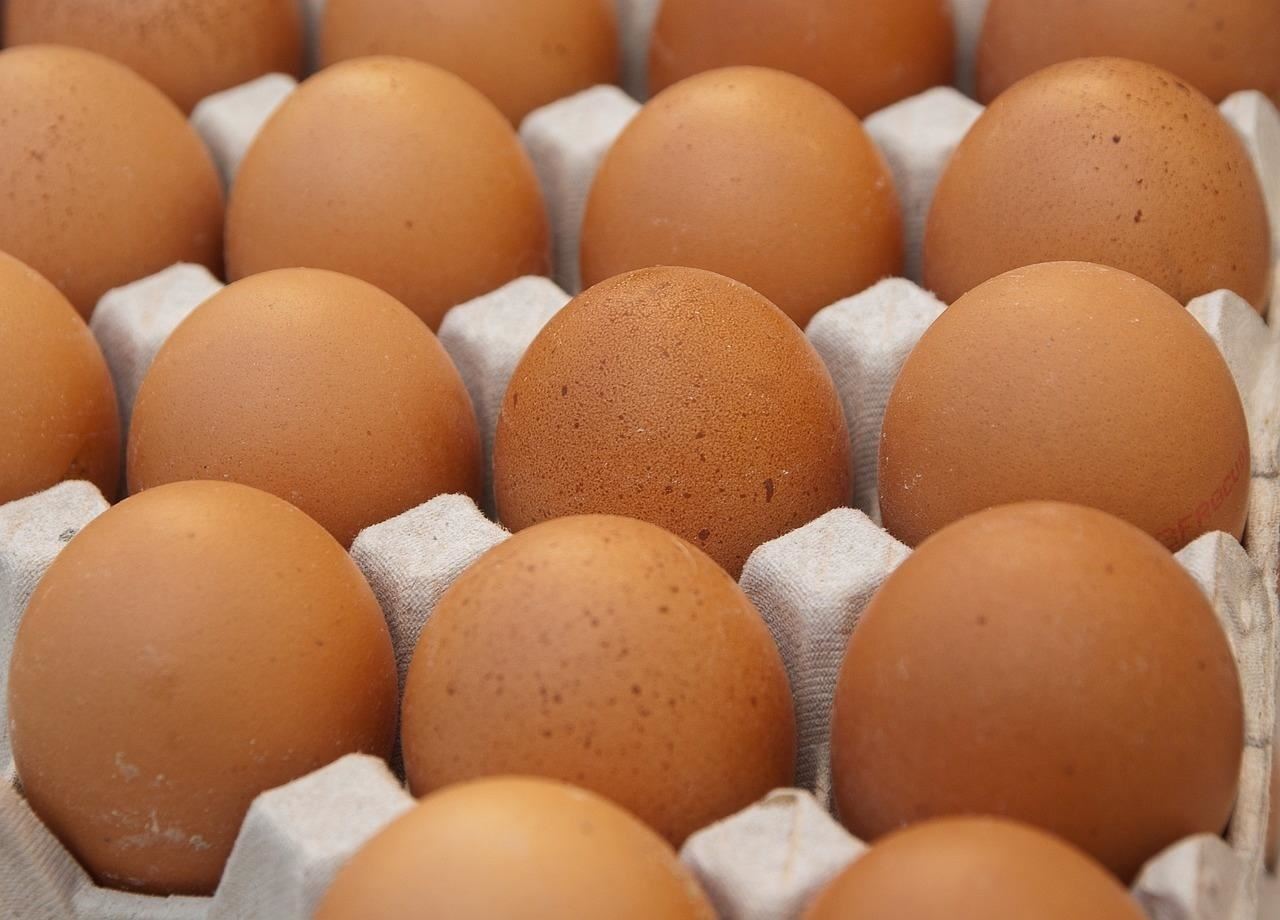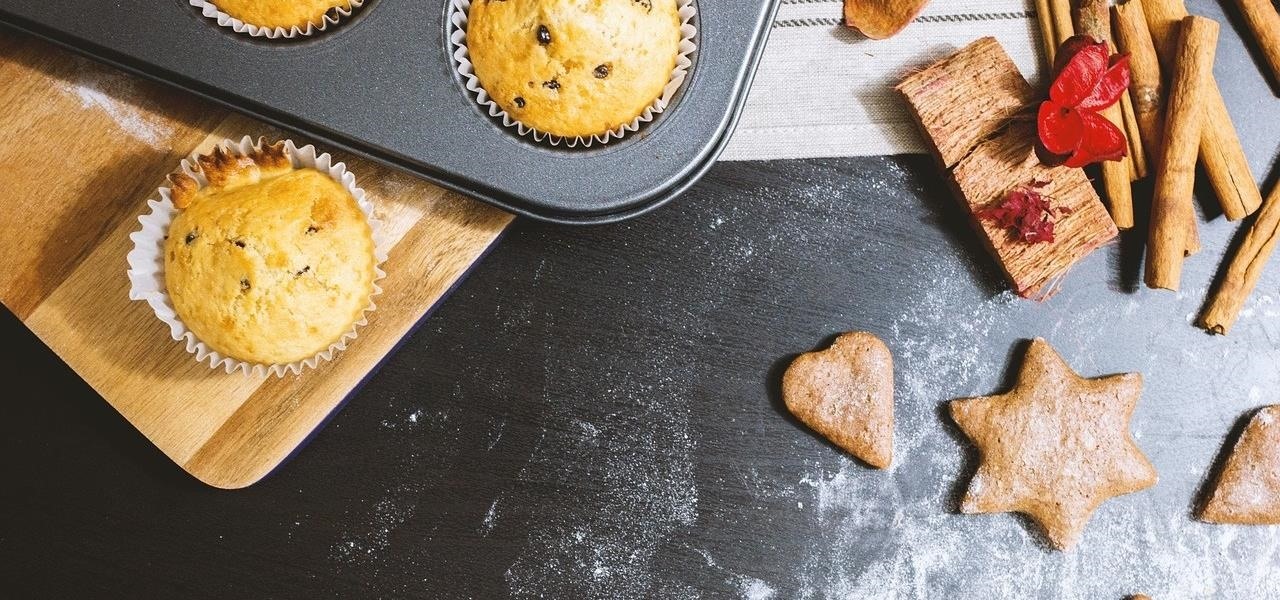Even when no one is in your kitchen, it is crowded. The refrigerator, sink, and counters are all covered with microbes that are just hanging around. They are inadvertent remnants from the raw chicken you used in that recipe last night, brewing a bacterial cocktail in your Nespresso machine, or just growing their merry little colonies on your leftovers.
So before your next big dinner or baking extravaganza, take a heads-up look at the microbes in your food and your kitchen. While not all microbes are bad, there are plenty of ways they can make you sick — and no one wants to poison their guests. Stay safe with these tips and steer clear of these habits you might want to reconsider.
Please Don't Eat the Dough
You have heard it for years. Who hasn't? Do not eat raw dough. Despite the fact that you may not have suffered after your surreptitious binges on chocolate chip cookie dough in the past, the risk is real. Uncooked eggs may contain Salmonella.
The Centers for Disease Control and Prevention (CDC) estimates Salmonella causes about 380 deaths and up to one million food-related illnesses each year. Salmonella is associated with a host of sources, including poultry, beef, and processed food products, so these illnesses aren't all caused by raw egg (make sure to cook your chicken through, too!), but it's a number worth noting.
Egg-based Salmonella outbreaks are dangerous. From May to November 2010, 3,578 cases of Salmonella Enteritidis were reported that were traced to shell eggs (i.e., eggs sold still in their shell) provided by Wright County Egg in Galt, Iowa. After the investigation, the Food and Drug Administration (FDA) found that the potential for Salmonella infection persisted in the facility, and is thought to have contaminated the eggs produced there.

During the holidays, cases of Salmonella are often attributed to eating raw egg products in dressings, dips, eggnog, and other traditional recipes — but the holidays aren't the only time to worry.
Salmonella passes from the hen to the interior, and exterior, of the egg. Even if your eggs look clean, there could still be infectious matter on the outside of the egg.
To avoid Salmonella, follow these tips in your kitchen:
- Be sure casseroles and baked goods containing eggs reach an internal temperature of 160ºF.
- For recipes that require uncooked eggs, heat the eggs with other liquid ingredients in the recipe to a temperature of 160ºF.
- Use pasteurized eggs or egg product for dough or eggnog that'll be served raw.
- Discard dirty or cracked eggs.
It's Not Just Salmonella
There are other infectious microbes abound on your dinner table, too. Flour is high on the microbe watch list in the kitchen. After cookies, bread, and other goodies are made, a well-loved and used kitchen usually has a light coating of flour everywhere. Unfortunately, flour is raw and can host a serious sick-making bacteria, Escherichia coli (E. coli).
In 2016, there was a dangerous E. coli outbreak in flour, making 63 people ill and driving a recall of a broad list of products including flour, bread, cake, and other flour-containing mixes. So be sure your flour was not subject to any recall before using it.
E. coli is a beneficial bacteria that colonizes the digestive tract of animals and humans. When it escapes that environment, whether in raw flour, raw meats like chicken, through unsafe food handling at a restaurant, or unwashed produce from a farm, it can become quickly dangerous to individuals, or as part of an outbreak.
While there is awareness about hand washing and avoiding cross contamination when preparing raw foods, many people are not aware that children should not play with raw flour dough at home, or at a restaurant before a meal is served. Remember — just say no to dough.
Thaw, Cook, Refrigerate
Busy schedules sometimes mean shortcuts in the kitchen, which can increase the likelihood of your mouth running afoul of some Salmonella or E. coli. If you keep a couple of simple food preparation rules in mind, you can go a long way to avoid contaminating your food. Consider these tips from the CDC:
- Thaw frozen food in the refrigerator if possible. Resist dumping the holiday ham or turkey into a sink of hot water to encourage a fast-thaw.
- Cook food and baked goods until safely done by using a food thermometer.
- Refrigerate leftovers quickly. Enlist family or company to help you do a quick save on leftovers before you leave for an event or sit down for the evening. Remember to keep hot food hot, and cold food cold. Toss food left out for more than two hours — it is probably already growing new bacteria.

Clean Routinely ... It's Important
Microbes are mobile and multiply fast. Routinely clean hands, utensils, refrigerator, and kitchen surfaces with soap and water, especially around potentially infected foodstuffs like raw chicken and eggs. Following a few simple food safety practices is easy to do, any time of year. Consider these points:
- Clean and disinfect: Cleaning washes away germs, disinfecting kills them. There are common food-safe products that can be used for both. Or use your favorite brand of cleaner or disinfectant.
- Wash your hands: Probably the easiest move you can make to boost food safety is make sure you wash your hands frequently, for 20 seconds at a time, and wipe your hands on a paper towel or other towel that is not used for wiping dishes, pots, or pans.
- Don't clean the wrong thing: During food prep, wash fruits and vegetables, and scrub those that are hard-skinned like potatoes and melons before cutting. Avoid rinsing poultry, meat, or fish. While it may seem a good idea for rinsing off extra germs, it is also a really good way to spread microbes around your kitchen, in your sink, and even into your mouth, as splashing water is hard to control. Plus, it does not appreciably reduce the number of bacteria on your meat. Instead, cook these items to a safe temperature and enjoy.
- Don't forget the fridge: Food spills, meat juices, and time have an impact on the bacterial critters living in your refrigerator. Use an inexpensive refrigerator thermometer to ensure your fridge is maintaining a cool 40ºF. Use a multipurpose cleaning product, remove shelves and drawers, and clean the controls and handle on a regular basis. If your have aging leftovers or vegetables, their decay may give you a chance to see your refrigerator microbes in action.
At the holidays, and throughout the year, you can get a bigger picture of food-borne illness and trends in the US using the CDC's FoodNet Fast. The tool offers a look at reported cases of confirmed infections. For individuals and agencies interested in food-borne outbreaks, the site offers information on the most recent year of data available. Right now, the tool is current to 2016, when the highest number of confirmed infections was attributed to Salmonella, followed by Campylobacter, a diarrhea-associated illness often resulting from eating undercooked poultry, or food contaminated with poultry fluids.
Wherever in the US you live, keep simple food safety tips in mind — no matter if it's a regular get-together at home or a large family event during the holidays.
Just updated your iPhone? You'll find new emoji, enhanced security, podcast transcripts, Apple Cash virtual numbers, and other useful features. There are even new additions hidden within Safari. Find out what's new and changed on your iPhone with the iOS 17.4 update.



























Be the First to Comment
Share Your Thoughts